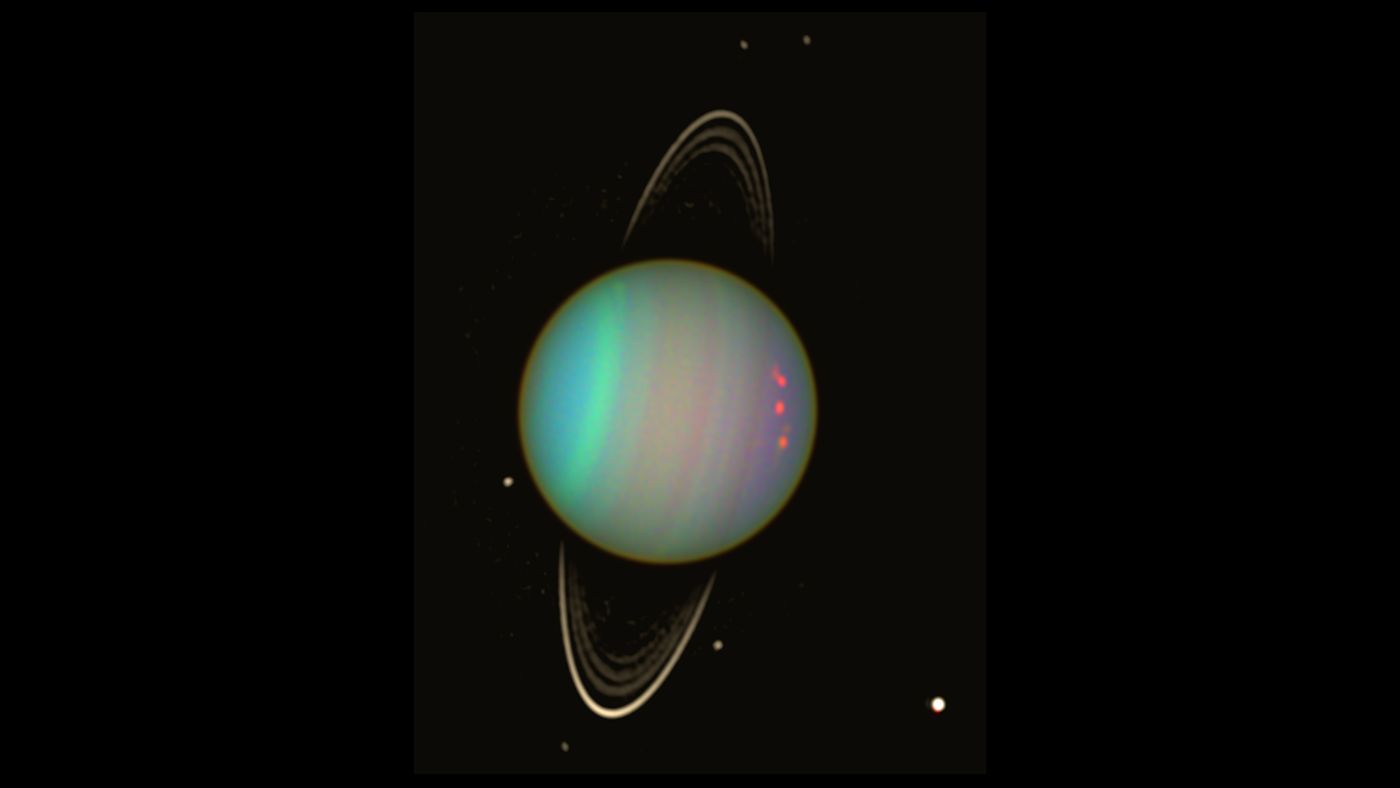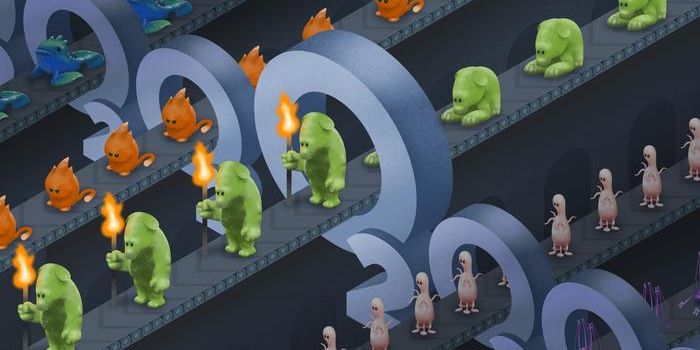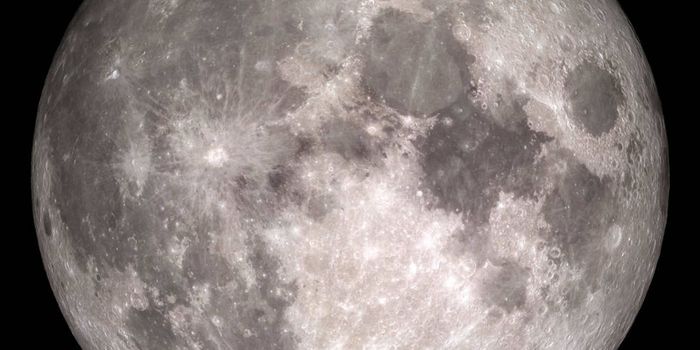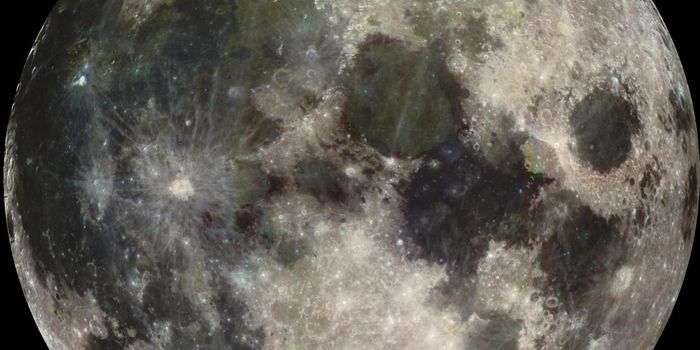Astronomers Discover Evidence for More 'Moons' Orbiting Uranus
While the Juno probe is investigating the conditions surrounding the neighborhood of Jupiter and the Cassini probe is spying on what it’s like around Saturn, some scientists are still scavenging through three decade-old information from the Voyager missions to learn more about Uranus, the last of the three known gassy planets in our Solar System.

Image Credit: NASA/Erich Karkoschka (Univ. Arizona)
Recent findings discovered by researchers from the University of Idaho that were shared this week by NASA, reveal that the Uranian system may contain more moons than previously thought. The moons in the Uranian system are very hard to see because they’re made of very dark rock and reflect little light, but scientists believe the clues can be seen in the planet’s rings.
Not only are Uranus’ rings thinner than they would typically be for a planet like Uranus, but the researchers have also uncovered notable oddities in the rings that seem to follow certain patterns. The oddities are seen in both the alpha and beta rings and occur in the same places, suggesting that a gravitational tug from an object around 2-9 miles in diameter is to blame.
The team observed the periodic changes in Uranus’ rings using both radio waves and background light as measured by the Voyager mission. Both seem to support the hypothesis that something is there.
"When you look at this pattern in different places around the ring, the wavelength is different -- that points to something changing as you go around the ring. There's something breaking the symmetry," said Matt Hedman, an assistant professor of physics at the University of Idaho and co-author of the study, which has been accepted for review by The Astronomical Journal.
At the estimated size, these would be the smallest moons Uranus has, and they’re so small that they wouldn’t even really be called moons; instead, they’d be known as moonlets. As a result, the so-called deformities in Uranus’ rings are known as moonlet wakes.
"We haven't seen the moons yet, but the idea is the size of the moons needed to make these features is quite small, and they could have easily been missed," Hedman said. "The Voyager images weren't sensitive enough to easily see these moons."
Despite their work, someone else is going to have to use high-power space telescopes to try to find the so-called moonlets. The data from Voyager isn’t crisp enough to come up with solid evidence, so all we have to go by right now is circumstantial evidence and a hunch.
It should be interesting to see what future space exploration holds for Uranus.
Source: NASA
-
MAY 07, 2024Is It Anti-RNP or Anti-Sm/RNP?
- See More
-
APR 30, 2024Immuno-Oncology Virtual Event Series 2024
-
MAY 07, 20243rd International Biosecurity Virtual Symposium
-
JUN 06, 2024The Future of Scientific Conferencing
- See More

















































